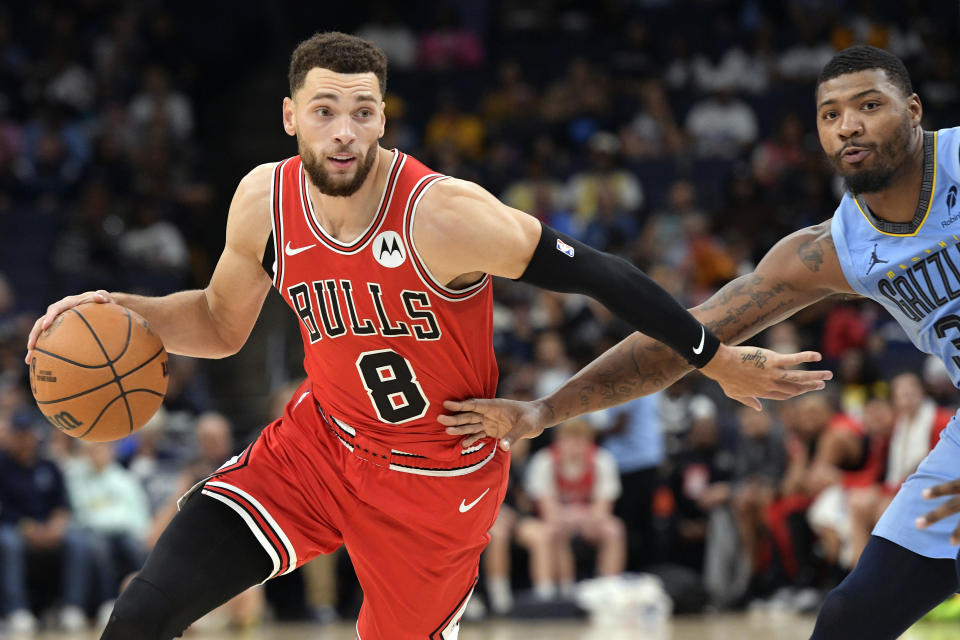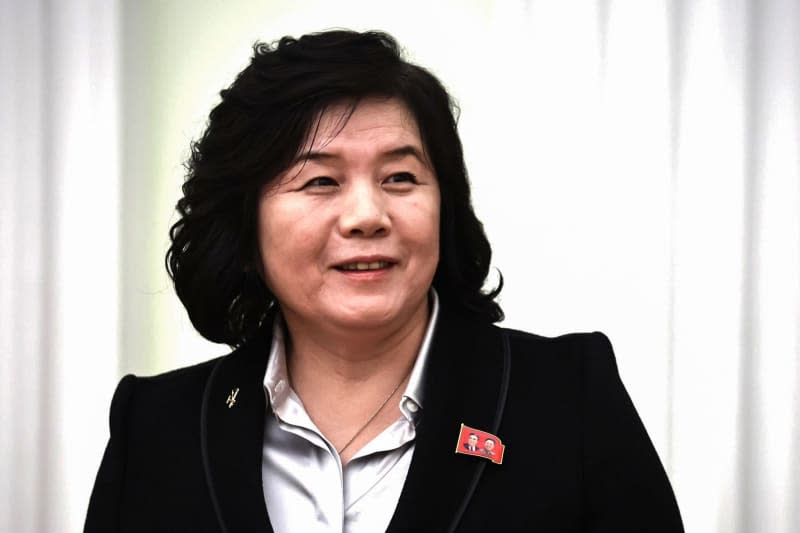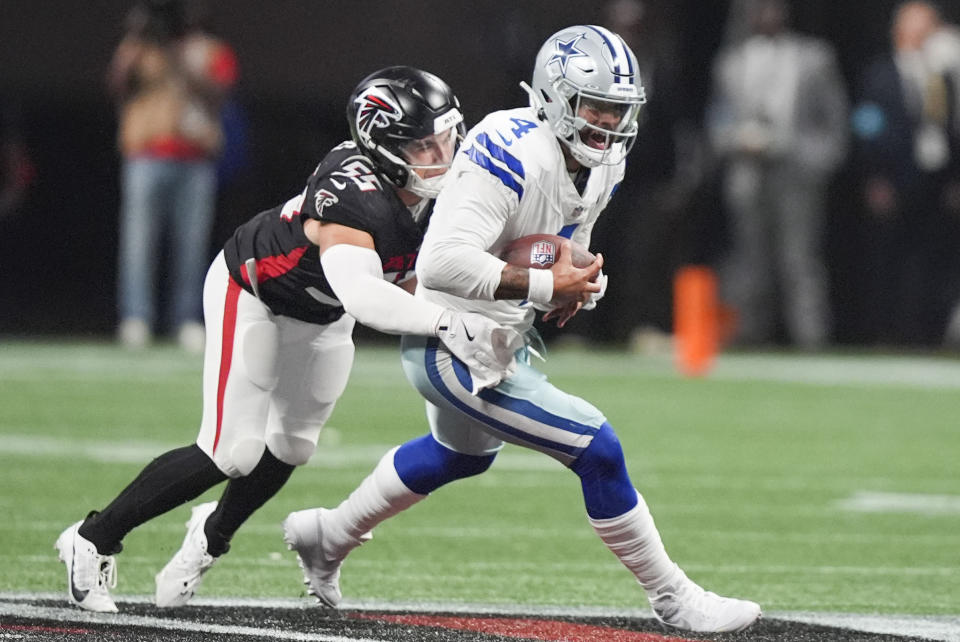After years of depressed sighs, and unheard calls from a fan base yearning for ingenuity, the Chicago Bulls have — surprisingly — answered the call to step into the 21st century and embraced the 3-point shot.
The organization, helmed by head coach Billy Donovan in his fifth season with the franchise, has long been conservative in its approach to how basketball should be played, just as it’s historically remained behind the curve when it comes to roster construction.
As for now, the Bulls have seemingly fixed one out of two issues, and for the Bulls, that’s a leap of significant magnitude considering their reluctance in learning new tricks.
Donovan, for his part, has tasked his troops with the responsibility of firing away from the outside, while consistently running the floor, with Chicago now leading the league in pace after ranking 28th last season.
For fans, it’s a refreshing change from the perspective of entertainment. Who doesn’t love fast-paced offense that includes a ton of 3s?
Zach LaVine, who has spent the last year listening to talking heads proclaim he’s nothing but a bad contract, has embraced an off-ball role and is reminding teams that he is, indeed, still very capable of giving anyone 25 whenever he wants.
The 29-year-old has completely bought into the new schemes, averaging 22.7 points on 49.5/45.8/81.5 shooting splits. Partly because this was always the system he was destined to flourish in, and it could also potentially buy him an exit strategy.
(Don’t worry. We’ll get there.)
It’s refreshing to see a former All-Star regain control of his own narrative, particularly after an injury-riddled year when he was limited to just 25 games.
Of course, it’s not just LaVine. Coby White is taking 9.3 triples per game and four other Bulls are taking more than four.
Even Josh Giddey, a notorious non-shooter, is currently hitting 47.6% of his 3s. While that level of efficiency is certainly not sustainable, it’s a step in the right direction for a player Thunder head coach Mark Daigneault couldn’t justify keeping on the floor during last season’s playoffs due in large part to his shooting woes.
So, yes. Kumbaya and all that good stuff. The Bulls are fun, and they finally have a shot profile that resembles other professional basketball teams. Awesome.
Here’s where things get tricky.
With a 3-3 record, you have to wonder what exactly they’re hoping to achieve this season.
In a year when the upcoming draft class looks like one of the deepest in years, and with the Bulls owing their 2025 first-round selection to San Antonio if they fall outside the top 10, it’s curious Chicago chose now to become relevant.
There isn’t a superstar on the roster. There might not even be an All-Star this year. Moxie and grit, while commendable, does not a champion make.
It would appear particularly optimistic for the Bulls to lean into a potentially winning formula now, only to relinquish their 2025 selection and a shot at Duke uber prospect Cooper Flagg.
And with the CBA’s 140% extension limit, Chicago is in a less than ideal position regarding White and Ayo Dosunmu. When both become extension eligible next summer, the Bulls are limited in what they can offer them, meaning both will ultimately hit the open market in 2026 to secure new deals.
As for LaVine, if he remains healthy and productive, interest in him should increase, especially when contenders begin to load up at the trade deadline.
If a competitive team is in need for an offensive push heading into the playoffs and can make the salaries work, LaVine would be a perfectly fine solution with the receiving team likely relinquishing less value than it takes in.
There’s also the matter of Giddey, who is reportedly looking for a new deal that would compensate him to the tune of $30 million annually, which is quite the price tag for a player no one really knows for sure is a full-time starter.
Basically, the Bulls have a ton of challenges ahead of them, some of which could — and should — lead directly into a full-fledged rebuild.
Of course, that would mean the loss of Donovan, who isn’t interested in such an adventure. Team president Artūras Karnišovas, who has traded away picks like candy since taking over in 2020, is of a similar mindset.
This situation and new play style all raise the same question:
What exactly is the plan?
If the Bulls push hard this season, more than likely they’ll end up in the play-in tournament again. If they get lucky, and make it through, would anyone really expect them to go through Boston, New York, Orlando, Cleveland, Milwaukee or even Philadelphia, assuming Joel Embiid one day plays again?
Sure, it’d make the fans happy for a few weeks, until the night of the draft lottery when they’ll remember their selection goes to San Antonio. You know, the team that drafted that tall French dude who’s pretty good.
Look, it’s fine to cash in your chips and go for it. Plenty of teams have, and for some it’s resulted in actual championships. But those teams had an established baseline of elite talent, which the Bulls do not, making whatever attempt at relevance they’re going through now … weird.
That’s not to say the Bulls aren’t absolutely doing the right thing in terms of installing an offense that doesn’t give us flashbacks to the 1980s. Making the right on-court decisions will always be a good thing, especially after years of not doing it.
But the timing sucks, and only adds confusion to a fan base that hasn’t known what’s up or down for about half a decade.
So, should the Bulls be commended for their adjustments, scolded for their lack of planning or should they be pressured to give the fans an actual glimpse behind the curtain so people know what’s actually going on?
Yes, to all. Nuance is overwhelmingly needed here.
But whatever the Bulls decide, history reminds us this is an organization that doesn’t make things easy on anyone.
EMEA Tribune is not involved in this news article, it is taken from our partners and or from the News Agencies. Copyright and Credit go to the News Agencies, email news@emeatribune.com Follow our WhatsApp verified Channel





